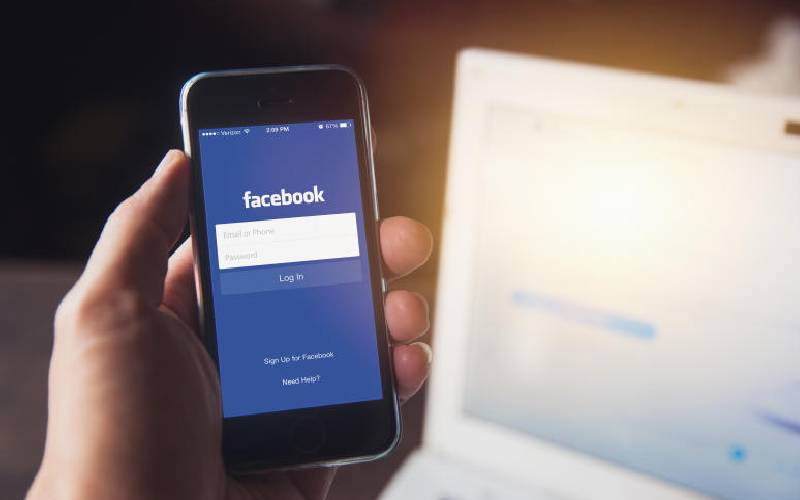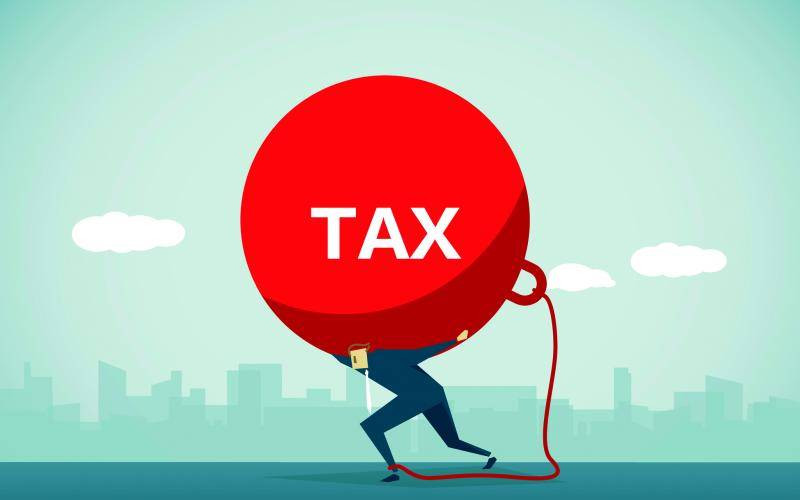×
The Standard e-Paper
Informed Minds Prefer The Standard

If you listen to Supasorn Suwajanakorn, aside from thinking what a mouthful his name is, you’ll notice just how insightful he is. By studying the world’s history and expressing it in an interesting and interactive manner, he hopes to help us forge a better future devoid of past mistakes.







